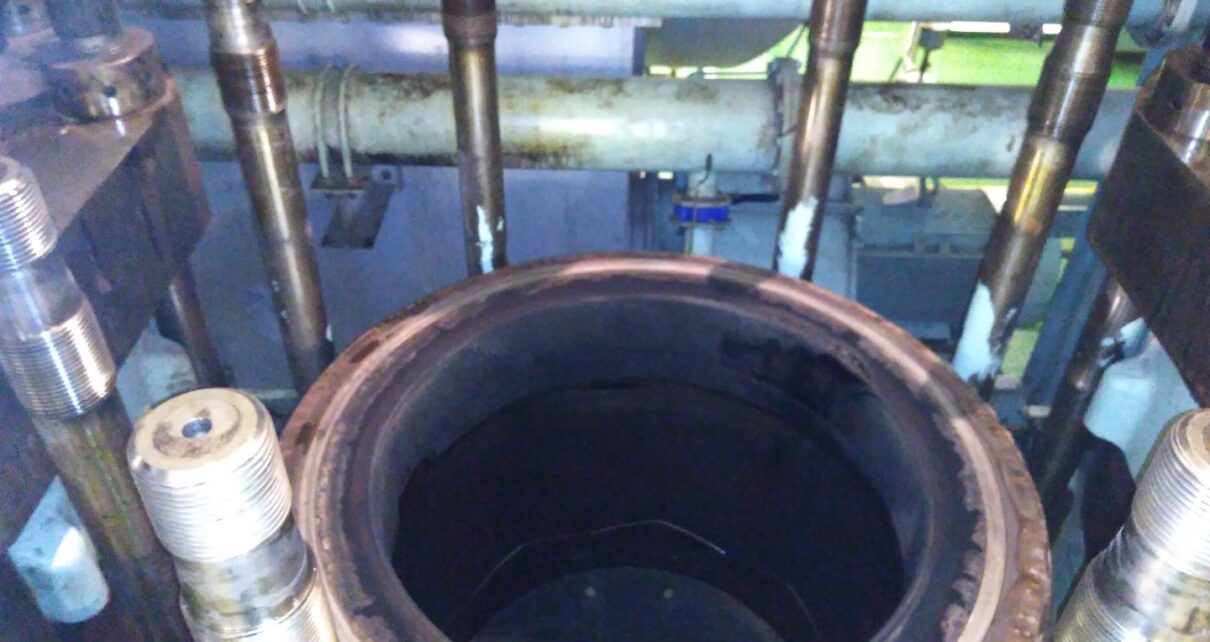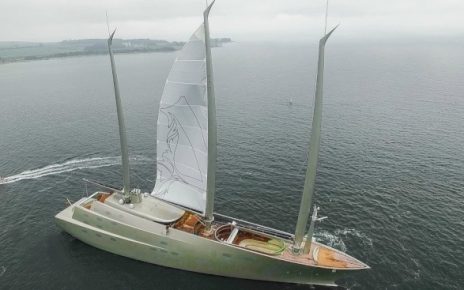How to Remove a Piston Stuck in Liner of a 2-Stroke Main Engine of Ship. If you are working on a ship with a marine engine, you may encounter a situation where the piston gets stuck in the liner due to various reasons, such as excessive wear, corrosion, seizure, or deformation. This can cause serious problems for the engine performance and safety, and may require you to remove the piston and liner for inspection and repair. In this blog post, we will explain how to remove a piston stuck in liner of a 2-stroke main engine of ship, using some common tools and procedures.
Remove a Piston Stuck in Liner
Before you start, you need to make sure that the engine is shut down and cooled down, and that you have isolated the fuel oil, cooling water, starting air, and lubricating oil systems from the affected cylinder unit. You also need to have the necessary tools and equipment ready, such as hydraulic jacks, lifting tool, engine room crane, measuring instruments, cleaning materials, etc.
The following steps describe the general procedure for removing a piston stuck in liner of a 2-stroke main engine of ship:
1. Open the cylinder head and remove it from the cylinder unit. You may need to use hydraulic jacks or other tools to loosen the cylinder head bolts and nuts. Be careful not to damage the cylinder head gasket or any other components.
2. Spray all around with suitable liquid like WD-40 etc which will help in getting both surfaces off. Remove the piston from the cylinder liner. You may need to use hydraulic jacks or other tools to push the piston out of the liner from below. Be careful not to damage the piston rings or any other components.
3. If it does not come up with this, try to heat liner and cool down the piston top land together simultaneously. This will create a temperature difference and piston may come out.
4. Cover the stuffing box hole with a suitable cover to avoid debris falling inside the crankcase. You may also need to seal off any other openings or passages that connect to the cylinder unit.
If piston still doesn’t come up, then it needs to be lifted all along with the liner.
5. Remove the liner ring (if any) and clean the carbon deposits from the top surface of the liner. You may need to use a scraper or other tools to remove the deposits. Be careful not to scratch or damage the liner surface.
6. Remove the liner from the engine block. You may need to use hydraulic jacks or other tools to pull the liner out of the engine block from above. Be careful not to damage the liner seals or any other components.
7. Lift the liner with the help of engine room crane and lifting tool and place it on a suitable stand or rack for further inspection and repair.
After removal, more heat treatment can be given to the liner and piston, but it to be noted that in such case, the liner and piston must be having serious seizures and further workshop is needed for proper handling of both engine parts.
Once you have removed the piston and liner from the engine, you need to check them for any signs of wear, damage, cracks, corrosion, deformation, etc. You may also need to measure their dimensions and compare them with the manufacturer’s specifications. Depending on the condition of the piston and liner, you may need to replace them with new ones or repair them as per the manufacturer’s instructions.
NOTE: If your liner has lot of running hours, it tends to form a small ridge just above the area where the first piston ring has a contact with liner. This is the topmost section of liner where piston rings make contact. So, during the course of running, the area below this on liner tends to wear away. While taking out piston on such liner, it might happen that the piston might get because top portion of liner has a lesser diameter and bottom has more. To solve this problem, just bring the piston up to a position where an engineer can stand or sit comfortably and then grind off small parts of this ridge.
Removing a piston stuck in liner of a 2-stroke main engine of ship is not an easy task and requires proper planning, preparation, and execution. It is advisable to follow the manufacturer’s guidelines and recommendations for this procedure and consult an expert if you have any doubts or difficulties.



